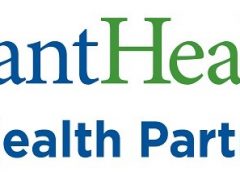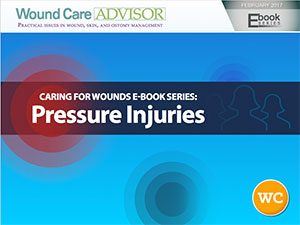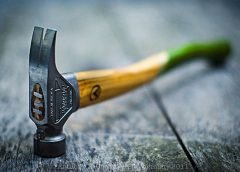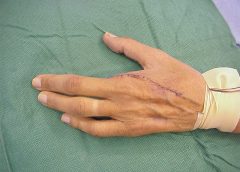Winning the battle of skin tears in an aging population
"Skin tears" may sound like a relatively minor event, but in reality, these injuries can have a significant impact on the quality of patients' lives in the form of pain, infection, and limited mobility.
The incidence of skin tears has been reported to be as high as 1.5 million annually, and with an aging population, this number is likely to go higher.
In this webinar, experts will explain how nurses can use an evidence-based approach -- including following practice guidelines to assess the wound and select the proper dressing -- for managing skin tears and minimizing their negative effects.
Skin Damage Associated with Moisture and Pressure
• Identify how wounds are classified according to wound depth and etiology
• Describe the etiology of pressure injury and incontinence- associated skin damage (IAD)
• Understand evidenced-based protocols of care for prevention and management of IAD and pressure injuries
• Recognize and describe NPUAP-EPUAP Pressure Injury Classification System
• Understand appropriate ConvaTec products that can be used for prevention and treatment of IAD and pressure injuries









